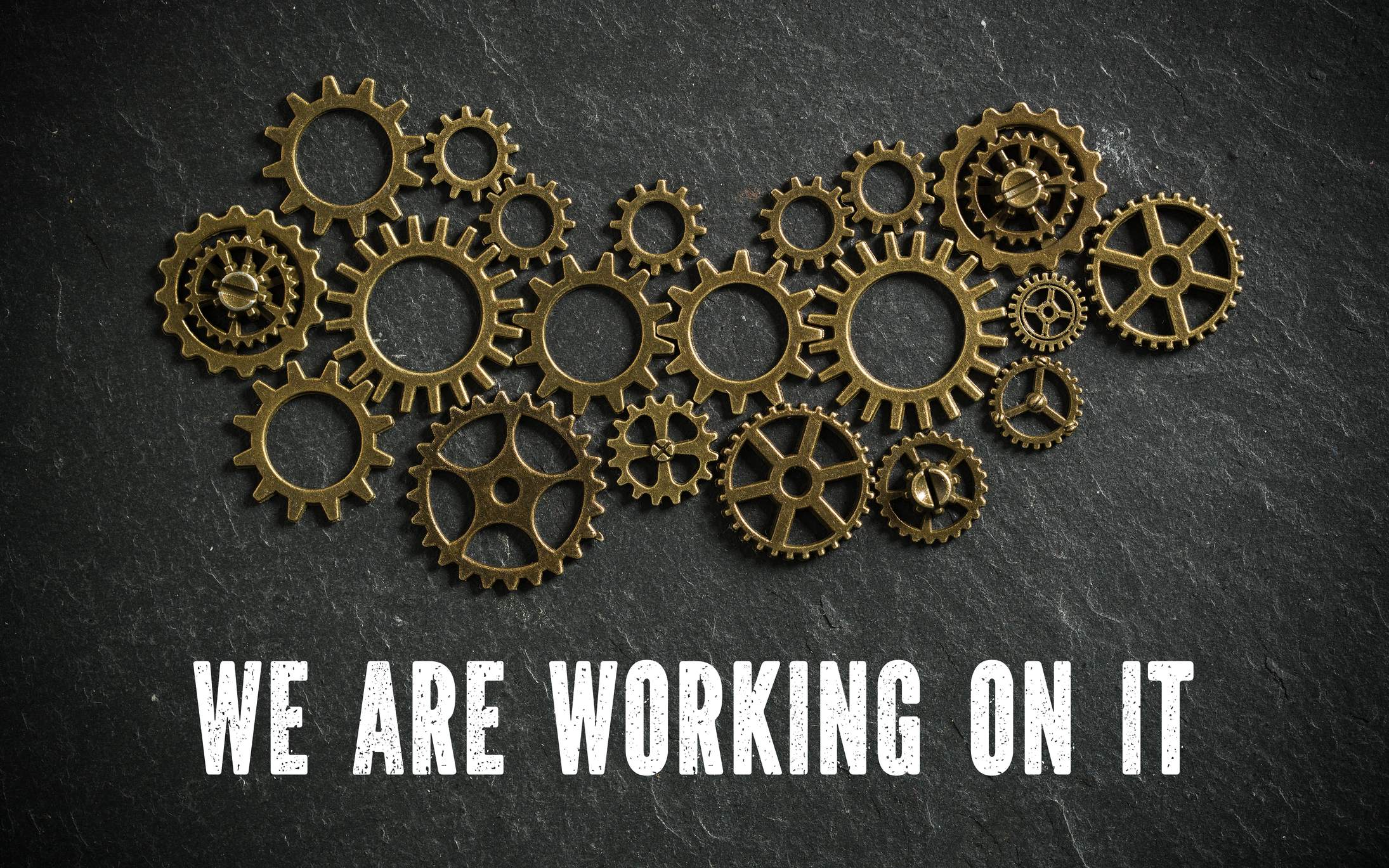Framing the Way Ahead for Logistical Support for a Sustainable Distributed Force
I focused in the first piece in this series on logistics and sustainment challenges for the distributed force and highlighted some suggested solutions presented in The Wall Street Journal article by Mike Cherney which focused on the U.S. supply chain challenge in the Pacific.
But it is not only the tyranny of distance which defines the challenge. It is the shift to a con-ops of force distribution and away from the use of large bases for operations and support. The two together pose a challenge which requires significant innovation and re-design to mitigate.
In this article, I would like to identify elements of a solution set which encompasses infrastructure modifications and re-builds and modalities of logistical support as well as working the con-ops of the platforms key to mission success in logistical support.
We can start by the impact of the addition of new manned platforms to enable distributed logistical support. Here the CMV-22B for the U.S. Navy and the CH-53K for the USMC are obvious examples.
We can next look at the addition of autonomous systems to enhance what the manned systems can provide or how we might shape a combined arms approach to beefing up support for the overall logistical effort.
How to get air and sea autonomous systems engaged in the delivery system as rapidly as feasible?
We can then address the role of the Military Sealift Command and of the civilian maritime community and how to beef up their contribution. The decline in the civil maritime force in countries like Australia and the United States has undercut their ability to resupply maritime assets in wartime. And the build rate of basic ships is falling short of the task.
Is there a way to combine build of supply ships with an ability to launch maritime autonomous systems to be directed at the spokes of the distributed wheel of the operational force?
But plusing up what expanded numbers and types of platforms can deliver to the distributed force is not enough. There is a fundamental need to build a new infrastructure.
One element is how the military systems themselves are maintained and done in such a way that the burden on the flow of logistics is reduced or enhanced. One example is how the CH-53K as a digital aircraft enables a very different approach to sustainment of the aircraft on deployment,
Another element is building a supply system which has moved significant production of attributable military elements into the Indo-Pacific operational theater so that the U.S. and allied forces can have effective strategic depth for the sustainment enterprise. Here Australia can play a unique and key role.
And there is a clear need to change how major platforms bought in common can be supported in times of crisis, notably with the use of RFID parts and common pools of commercial and military components. Creation of regional hubs for supplying distributed forces for common weapons platforms among allies is a key opportunity as well.
With regard to energy supplies, how can supplies be generated in the region and moved effectively to the operational force? Renewable energy is part of the equation but generating basic fossil fuel is still the gold standard for the operational force. There is a clear question if the too early pursuit of renewables leaves our militaries empty at the fuel pump in a crisis.
And combinations of various aspects of these building blocks is crucial as well. For example, building munitions in Australia for the broader allied military community begs the question of how to move these weapons to their distributed operational locations. What has to be worked is embedded logistics in terms of the supply chain itself.
There is the major problem of ship repair in a major contingency. There simply is not enough drydock in the APR to repair a damaged allied fleet.
There are operational gaps which need to be closed. Currently, missile ships fire their load and then have to head back to port to get restocked. There has to be a better way found to allow for ships to stay on station in distributed locations to remain relevant to the operation.
And then there is the much broader problem of the resilience of allies in the region. How many Finland’s are there in the Pacific?
LtGen Heckl put it succinctly in an interview: “The pacing factor for everything we are doing in shaping the distributed force is logistics and to do so in a contested environment. We are focused on our ability to move ourselves organically.
“The CH-53K, the KC-130J and the Osprey can provide basic timely lift with support by surface connectors crucial as well. We need to be resilient. If one component of our ecosystem of moving and supporting a distributed force is not available or will not work with the current situation, then we need to have another component available.”
The purpose of this series is take a broad look at this pacing factor.
Featured graphic: ID 128232419 | Sustainment © Joerg Stoeber | Dreamstime.com
The U.S. Military and Distributed Operations in the Pacific: The Logistics Challenge

